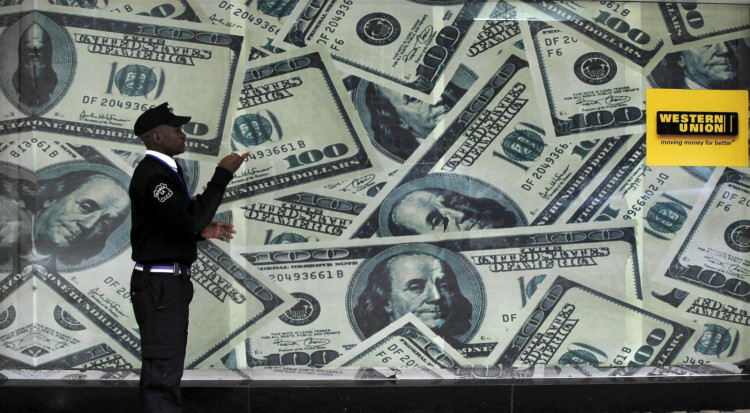Inflation worries persist, causing turbulence in the U.S. Treasury market.
The market's ongoing concerns over inflation have dampened demand for U.S. Treasuries, leading to a subsequent rise in Treasury yields. On Monday, during early Asian trading hours, the yield on the 10-year U.S. Treasury briefly increased by three basis points, reaching 4.18%, closely approaching its yearly peak of 4.20%.
At the moment, a hawkish sentiment permeates the Federal Reserve, with many officials believing there's significant work ahead to bring inflation back to the 2% target. Moreover, the U.S. government's decision to issue more bonds to address its growing deficit has also impacted market sentiment, making investors more cautious toward U.S. Treasuries.
In a report, Michael Wan, an analyst at MUFG Bank, noted that the market recently seems more focused on the inflationary risks of rising oil and commodity prices and the pricing of economic recession risks, resulting in an upward trend in long-term U.S. Treasury yields.
Bill Gross, co-founder of Pimco and often referred to as the "Bond King", has previously mentioned that current U.S. Treasuries are overvalued. He believes the fair value for the 10-year U.S. Treasury yield sits around 4.5%.
Gross also anticipates that U.S. inflation could remain sticky at around 3%. Historically, the yield on the 10-year U.S. Treasury has been about 135 basis points higher than the Federal Reserve's policy rate. Thus, even if the Federal Reserve reduces interest rates to approximately 3%, the current yield on the 10-year U.S. Treasury remains too low.






